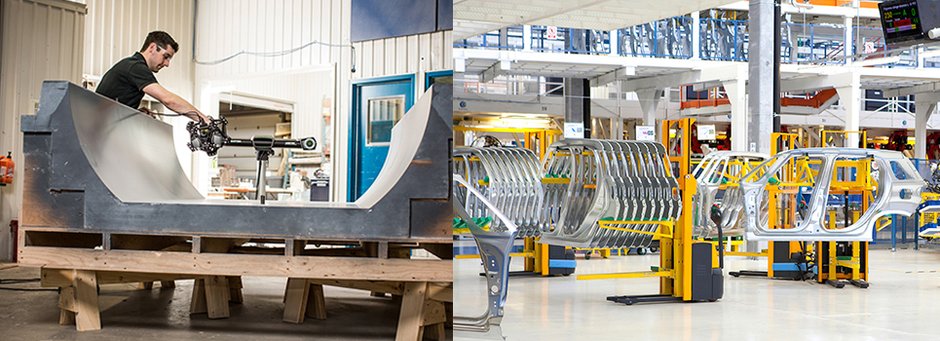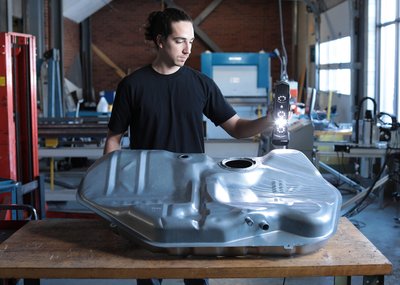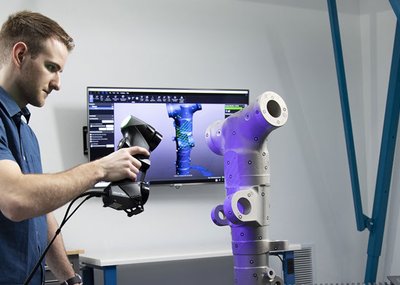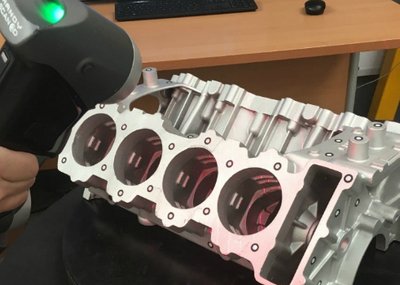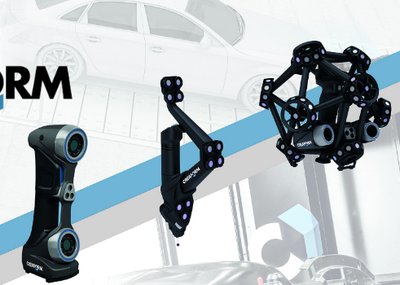For many production managers, measuring parts directly on the production floor means fewer alignments and manipulations, which is one of the keys to more efficient production processes. However, quality control teams may be more reluctant to inspect on the shop floor and prefer to redirect measured parts to the lab, where the control will be performed on the CMM. This blog post is intended to demystify why, when, and how inspections can be performed efficiently on the production floor.
<link http: www.foundry-planet.com fileadmin redakteur material news_material external-link-new-window external link in new>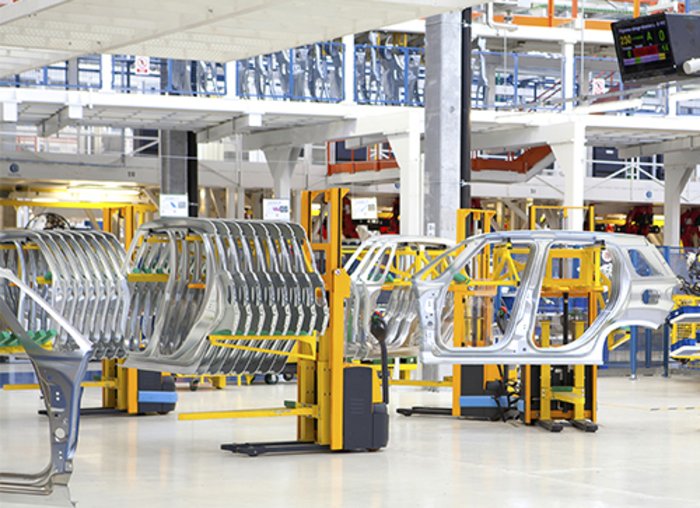
shop-floor 3D measurements
WHY
1. To unload the CMM
Because CMMs are very accurate metrology instruments, they are very popular for inspection and quality control. Therefore, they are extremely loaded. Among the tactics employed to unload the CMM is prioritizing inspection directly on the production floor, especially if the measured parts are large and cannot be moved easily.
2. To enable measurements at intermediate steps
Waiting until the end of the production to inspect the manufactured parts may be risky and hazardous. It is usually not easy to locate where specific issues occur, especially if the manufacturing process comprises many steps. Thus, deciding to wait may save time in the short term, but can quickly become a headache later on. Action today can prevent a crisis tomorrow. Measurements at intermediate steps, therefore, are paramount to better quality control. In addition, they must be performed on the production floor to minimize manipulations of parts, especially when they are large and heavy.
3. To enhance the quality of the products
Because more measurements can be done on the production floor than on the CMM, more parts can be inspected. The inspection frequency can also be increased due to the availability of measuring tools. All this has a major impact on the quality of the products.
WHEN
Whenever you want! Inspection on the production floor gives production teams more autonomy, better capabilities, and greater independence. They no longer need to rely on the CMMs, which are already extremely loaded, nor do they have to wait for a quality control department, which is very busy. They can use another metrology tool, one with a level of accuracy that is not overkill for the tolerances typically required in the industry. With the possibility of measuring parts whenever they want, at any intermediate step, production teams can perform better quality controls.
HOW
Inspection on the production floor requires a tool suitable to take measurements in an industrial environment. The metrology tool must be portable, compact, and easy to use.
Some metrology tools are more sensitive to environment instabilities than others. In those particular cases, it is important to track any vibrations that could impact the measurement system and to minimize the induced error. Another solution is to use an optical technology. In addition to being portable and suitable for industrial conditions, optical metrology provides measurement accuracy that is insensitive to the instabilities of the environment.
<link http: www.foundry-planet.com fileadmin redakteur material news_material external-link-new-window external link in new>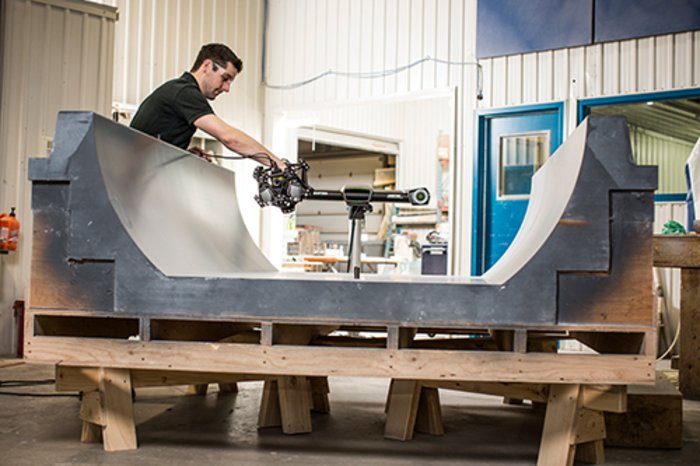
Optical Metrology
Remember, if the measured part moves, vibrates, or oscillates during the measurement, then the inspection and quality testing are not valid (study showing the user’s impact on the measurement). This enhances the importance of having a rigid measurement setup or a reference system that is locked to the part itself. Dynamic referencing gives this flexibility by optically tracking the measured part and the measuring tool at the same time.
Inspection on the production floor, therefore, requires fewer manipulations, which means less error accumulation and less pressure on quality control operators. It also reduces the amount of back and forth in the lab, which means fewer bottlenecks at the CMM. All tooling remains available for production, which minimizes delays and accelerates customer approval. For all of these reasons, inspection done directly on the production floor leads to more efficient production processes, saving time and money.
DANIEL BROWN, B. ENG.
Senior Product Manager, Creaform
Partner
Foundry Corporate News
Topic Testing, measuring & Quality Control
Creaform - Inspection on the Production Floor: Why, When, and How.
Reading time: min
[2]

